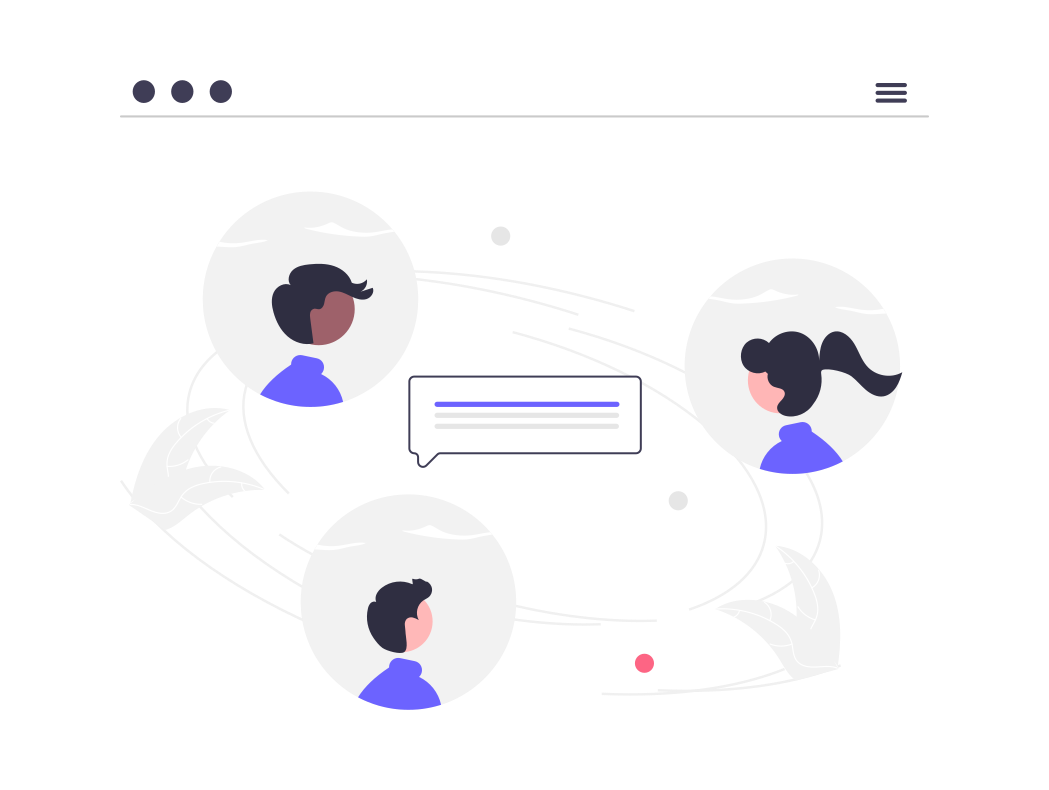In the ever-evolving landscape of digital marketing, understanding user behavior is pivotal to creating engaging and effective websites. Among the strategies employed to enhance user experience, personalization and customization stand out. While these terms are often used interchangeably, they represent distinct approaches with unique impacts on user behavior. This blog delves into the nuances of personalized and customized websites, examining how each influences user engagement and conversion rates.
Defining Personalization and Customization
Personalization refers to the process where a system tailors content and experiences to individual users based on data collected about their behaviors, preferences, and past interactions. This automated approach leverages algorithms and AI to dynamically adjust website content to match user profiles.
Customization, on the other hand, empowers users to modify their own experience by manually selecting their preferences. This approach allows users to control the content they see and how they interact with the website.
The Impact on User Engagement
Personalized Websites
-
Enhanced Relevance: Personalized websites offer content that is highly relevant to the individual user. By analyzing user data such as browsing history, purchase behavior, and demographic information, these websites can present products, articles, and advertisements that are more likely to interest the user. This relevance often translates into higher engagement rates as users find the content more pertinent to their needs.
-
Increased Engagement Time: Users tend to spend more time on websites that anticipate their needs and preferences. Personalization creates a seamless browsing experience where users are consistently presented with content that resonates with them, encouraging longer sessions.
-
Improved User Satisfaction: When users feel that a website understands their needs and preferences, their satisfaction levels increase. This positive experience fosters loyalty and can lead to repeat visits and sustained engagement.
-
Reduced Bounce Rates: Personalized content can significantly reduce bounce rates by immediately capturing user interest. When visitors find relevant information as soon as they land on a page, they are less likely to leave the site prematurely.
Customized Websites
-
User Control: Customization offers users the ability to tailor their experience according to their preferences. This sense of control can enhance user satisfaction, as individuals can adjust the interface, content, and features to align with their specific needs.
-
Engagement through Interaction: The process of customizing a website can itself be engaging. Users who invest time in setting their preferences are more likely to stay engaged with the site, as they have a vested interest in seeing the results of their customization efforts.
-
Personal Investment: When users customize their experience, they often develop a sense of ownership over the website. This personal investment can lead to higher levels of engagement and loyalty.
-
Potential for Higher Satisfaction: Customization allows users to create an environment that suits their unique needs, potentially leading to higher satisfaction compared to a one-size-fits-all approach. However, this is contingent on the customization options being intuitive and comprehensive.
Conversion Rates: Personalization vs. Customization
Personalization
-
Tailored Calls-to-Action (CTAs): Personalized websites can dynamically adjust CTAs based on user behavior and preferences, increasing the likelihood of conversion. For instance, a user who frequently browses a particular category might see targeted promotions or suggestions, prompting a purchase.
-
Predictive Analysis: By leveraging predictive analytics, personalized websites can anticipate user needs and present timely offers. This proactive approach can significantly boost conversion rates as users receive suggestions that align closely with their interests and behaviors.
-
Reduced Cart Abandonment: Personalization can address common reasons for cart abandonment by reminding users of incomplete purchases or offering incentives based on their browsing history. This targeted approach helps in nudging users towards completing their transactions.
Customization
-
User-Specific Offers: Customization allows users to specify their interests, enabling websites to present offers and promotions that are more likely to convert. This targeted approach can be particularly effective in niches where user preferences vary widely.
-
Enhanced User Experience: A well-executed customization strategy can create a streamlined and enjoyable user experience, reducing friction in the conversion process. Users who can easily navigate and find what they need are more likely to convert.
-
Potential for Detailed Feedback: Customization can facilitate detailed user feedback, providing insights into what features and options are most valued by users. This feedback can be invaluable in refining the conversion strategy.
Challenges and Considerations
While both personalization and customization offer significant benefits, they also come with challenges:
-
Data Privacy: Personalization relies heavily on user data, raising concerns about privacy and data security. Ensuring transparent data practices and robust security measures is crucial.
-
Complexity in Implementation: Both approaches require sophisticated technology and significant resources to implement effectively. Personalization, in particular, demands advanced algorithms and data analytics capabilities.
-
User Overwhelm: There is a risk of overwhelming users with too many customization options or overly aggressive personalization. Striking a balance between providing tailored experiences and maintaining user comfort is essential.
Conclusion
Understanding user behavior is critical to the success of any digital marketing strategy. Both personalized and customized websites offer unique advantages in engaging users and driving conversions. Personalization excels in delivering relevant content automatically, enhancing user engagement through tailored experiences. Customization, meanwhile, empowers users to shape their own experience, fostering a sense of control and personal investment. By carefully considering the strengths and challenges of each approach, businesses can craft strategies that maximize user satisfaction and drive sustained engagement and conversion.


